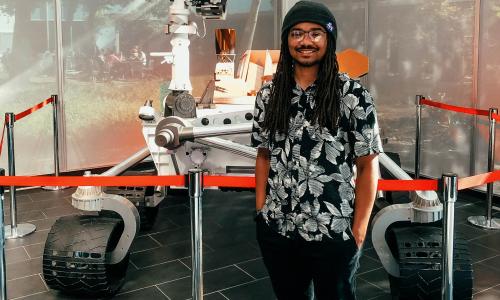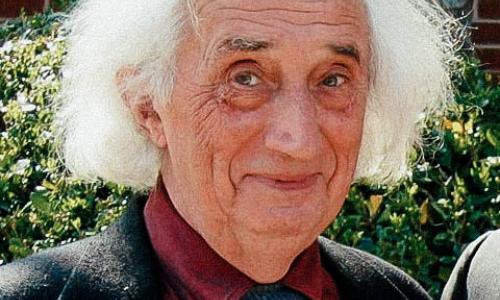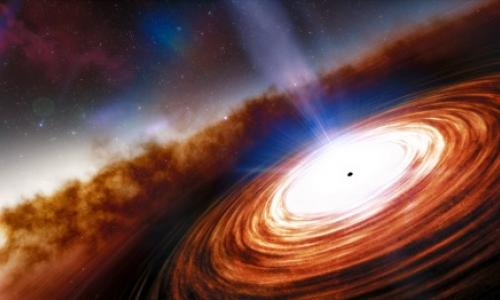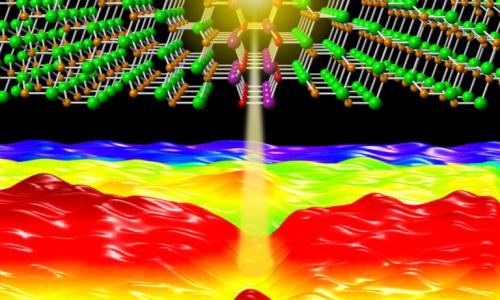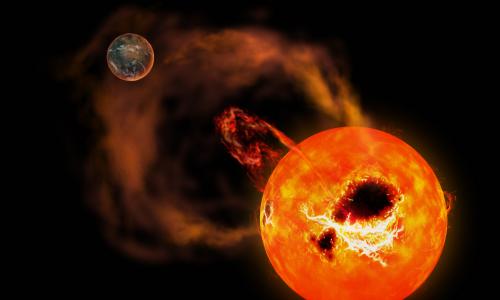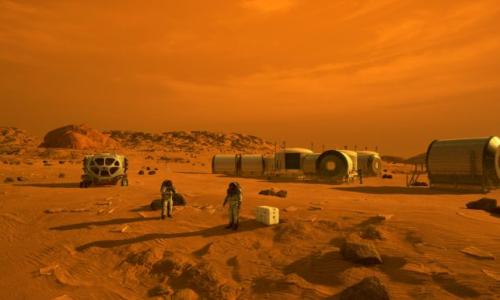Physics & Astronomy
Feb 26, 2021
UCI astrophysicist and Ph.D. student Devontae Baxter fell in love with space in a library in Stockbridge, Georgia
Feb 1, 2021
Dzyaloshinskii, who joined UCI in 1991, is one of the most outstanding theoretical physicists of his generation.
Jan 19, 2021
What is dark matter? It’s a question as alluring as it is perplexing. Just ask Rebecca Riley — or any of the participants in this new Compelling Conversations episode — who recounts what it’s like to…
Jan 12, 2021
A team of researchers including a UCI astronomer has discovered the most distant known quasar.
Jan 11, 2021
Often admired for their flawless appearance to the naked eye, crystals can have defects at the nanometer scale, and these imperfections may affect the thermal and heat transport properties of…
Jan 7, 2021
New research helps astronomers tell the difference between a starspot and a distant exoplanet.
Jan 7, 2021
In an interview, the heads of UCI’s PACE mentoring program describe how the grant will help turn mentors into field-leading scientists.
Jan 4, 2021
Among the many challenges with a Mars voyage, one of the most pressing is: How can you get enough fuel for the spacecraft to fly back to Earth?
Dec 7, 2020
UCI physicists have designed and built a new particle detector called FASER that could lift the veil on one of the universe’s most enduring mysteries.
Nov 20, 2020
UCI astrophysicist faces the universe’s darkness with help from those around her and from the stars above her.
Oct 22, 2020
The network is helping the department to better foster inclusion, diversity and equity.
Oct 21, 2020
The School of Physical Sciences is proud to launch a new program aimed at honoring students who have enabled the success of women in the natural sciences. The Women in Natural Sciences (WiNS)…

